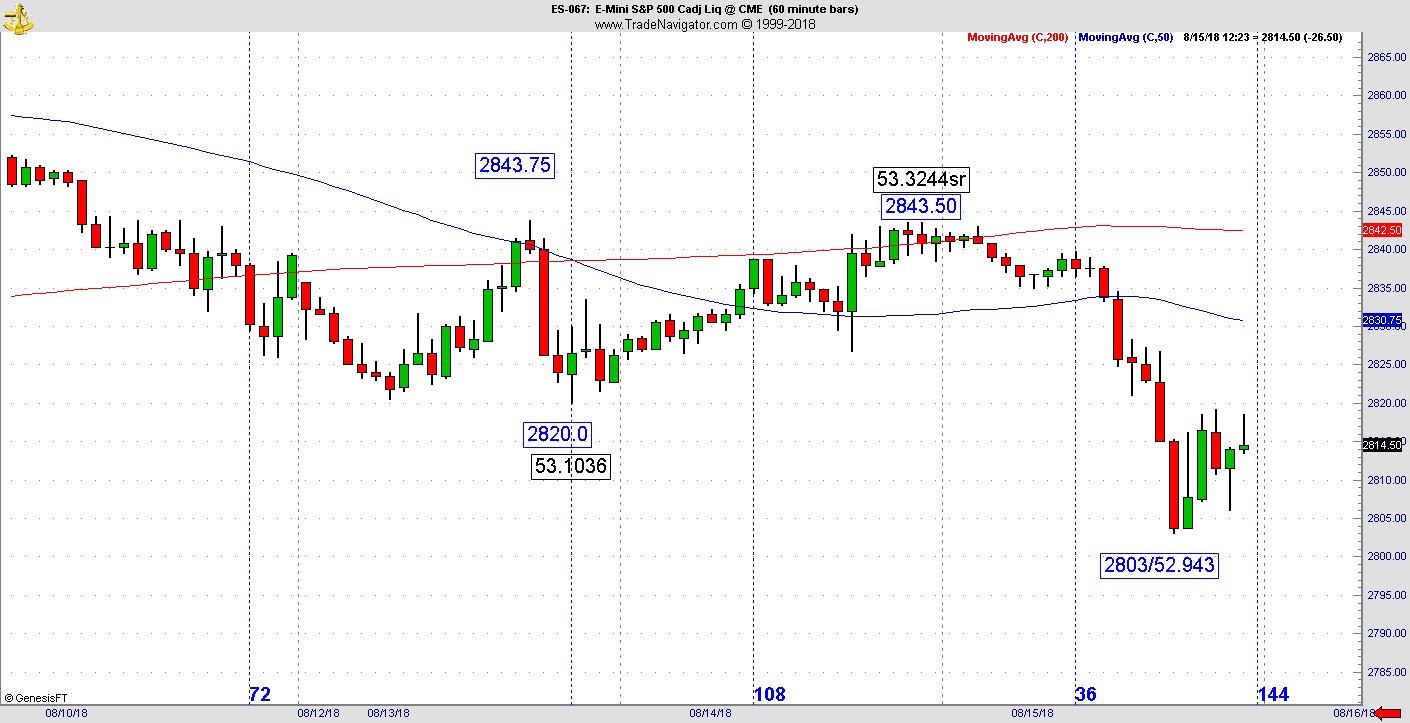The other morning a guest on one of the business channels was asked what he thought of the potential of this market. I’m paraphrasing but he basically said it would continue to be great unless something crazy happened, writes Jeff Greenblatt Wednesday.
It’s my job to decipher what these television people mean, because sometimes they speak in code. Years ago, my wife got concerned because I actually started understanding what Alan Greenspan was saying.
Thankfully this time was not so complicated. This person was basically speaking to the complacency in the market as he was the contrary indicator.
In the past three weeks, we’ve had two events which may very well be classified as mini black swans.
First of all, Facebook (FB) got taken to the woodshed on earnings. It has not recovered well.
Now markets are dealing with the Turkish crisis. This is a problem on many levels, the least of which is the politics involving an American pastor. If you research it, you’ll find any number of posts concerning Turkey’s financial problems: Turkish lira (TRY). One from the Daily Reckoning in Australia dated May 22, 2018 with a headline “How Turkey Could Trigger the Next Debt Crisis” stated Turkey is a country that has one fifth of its country’s assets in gold and can still go broke. The author Shae Russell wrote Turkey requires two things to keep their economy going. They need tourism and foreign funding.
The Germans have been slowing their funding to Turkey and they’ve been the second largest loan provider to Erdogan. Since 2009 Turkey’s US dollar-denominated loans went from AU$200 billion to AU$448 billion according to this post. With a falling lira it only makes the situation worse.
As you know I’ve echoed Lord Rothschild in this space for the past year, agreeing this is a market like the late 1930s.
We’ve had two events; the only surprise could be the timing of them. We knew Facebook had issues with data mining going back months back to the Cambridge Analytica scandal.
Here we see an article about Turkey’s financial problems telegraphed back in May. Trump’s announcement of tariffs of steel and aluminum just so happened to be last Thursday. My square root readings called for a drop late Thursday but had no idea what event in the natural might be the cause.
Today the plot thickened as Turkey retaliated and we did have another reading showing weakness coming.
Here’s our square root lesson for the day. Heading into the close on Tuesday, the ES showed a price of 2843.50 which just so happens to have a square root of 53.3244 where the 43 and 44 vibrates at the same time.

To the uninitiated it doesn’t mean much. When one works with these square roots, you come to recognize when conditions start to line up. This reading showed mild weakness but as the pattern developed, there were more square root readings which added to the bearish edge. Also noteworthy is the low also coming with a square root at a vibration of 43 on the end to the right of the decimal.
Here’s the bottom line. Markets are non-linear, ruled by chaos theory. How many of you have seen the movie 21? It’s the story of the MIT blackjack team which won millions in Las Vegas. The protagonist Ben Campbell stated that his non-linear math professor Micky Rosa always told him to account for variable change.
What does that mean? It means the chaos suddenly can line up where previously it did not. The MIT gang were not gambling, instead managed risk. They understood when they had the edge and the deck was hot. This Turkish sequence has had one ‘hot deck’ moment after another over the past few days.
Markets have been complacent. However, we’ve entered a season where markets are starting to take it personally. As far as Turkey is concerned, markets finally woke up to the fact loans could default if the currency falls too far. There are going to be other events.
Trading is a game of risk management. You can’t be complacent and expect to either protect yourself against loss or go on offense to gain. You must be present as showing up is half the battle and have the best methodology to help you identify opportunities.





















